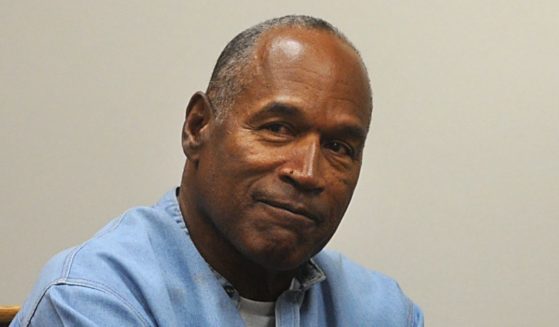Foreign adoptions to US fall by 14 percent, continuing trend
NEW YORK (AP) — The number of foreign children adopted by U.S. parents plunged nearly 14 percent last year, extending a decline that’s now continued for 14 years, according to State Department figures released Thursday.
Sharp drops in adoptions from China and Ethiopia more than offset notable increases from India and Colombia.
The department’s report for the 2018 fiscal year shows 4,059 adoptions from abroad, down from 4,714 in 2017 and 82 percent below the high of 22,884 in 2004. The number has fallen every year since then.
China, as has been the case for several years, accounted for the most children adopted in the U.S. But its total of 1,475 was down 22 percent from 2017 and far below a peak of 7,903 in 2005.
Suzanne Lawrence, the State Department’s special adviser on children’s issues, said the steady decrease in adoptions from China was linked to an improved Chinese economy and the expansion of domestic adoption there. She also said U.S. adoption agencies were hampered by China’s laws restricting activities by foreign nongovernmental organizations.
Adoptions from Ethiopia dropped sharply to 177, down from 313 in 2017 when it was No. 2 on the list. Ethiopia imposed a ban on foreign adoptions last year, citing concerns about the well-being of its adopted children and improprieties by foreign adoption agencies.
Adoptions from impoverished Haiti, which is trying to establish a domestic foster care program, dropped from 227 to 196.
India accounted for the biggest increase, with adoptions to the U.S. rising from 221 to 302. Adoptions from Colombia rose from 181 to 229. Lawrence said the State Department had developed strong relationships with child-welfare authorities in both countries.
For a fourth straight year, there were no adoptions from Russia, which once accounted for hundreds of U.S. adoptions annually but imposed a ban that fully took effect in 2014. The ban served as retaliation for a U.S. law targeting alleged Russian human-rights violators.
According to the new report, 81 children were adopted from the United States to nine foreign countries, including 38 to Canada and 20 to the Netherlands.
Along with the updated statistics, the State Department summarized concerns about shortcomings on the part of U.S. adoption agencies. One persisting problem is failure to comply with requirements by foreign governments to regularly submit post-adoption reports on the welfare of the adopted children.
Also of concern are cases in which children adopted from abroad are transferred from one U.S. home to another without authorization from child-welfare authorities. There also have been troubling cases where adoptive parents in the U.S., without authorization, have sought to return adopted children to their country of origin.
International adoptions have been declining worldwide in recent years. The United States accounts for about half of all foreign adoptions, including large numbers of children with special medical and psychological needs.
However, the National Council for Adoption and many of the adoption agencies it represents have faulted the State Department for failing to reverse the decline in foreign adoptions.
“Every year nothing changes, except that fewer children receive a loving, nurturing family through intercountry adoption,” said Chuck Johnson, the council’s president and CEO. “Orphaned, abandoned and vulnerable children around the world are counting on the U.S. to do better, and the State Department should re-evaluate what it’s doing, appoint people who can more effectively carry out this important mission and work more collaboratively with the U.S. adoption community.”
The Western Journal has not reviewed this Associated Press story prior to publication. Therefore, it may contain editorial bias or may in some other way not meet our normal editorial standards. It is provided to our readers as a service from The Western Journal.
Truth and Accuracy
We are committed to truth and accuracy in all of our journalism. Read our editorial standards.












